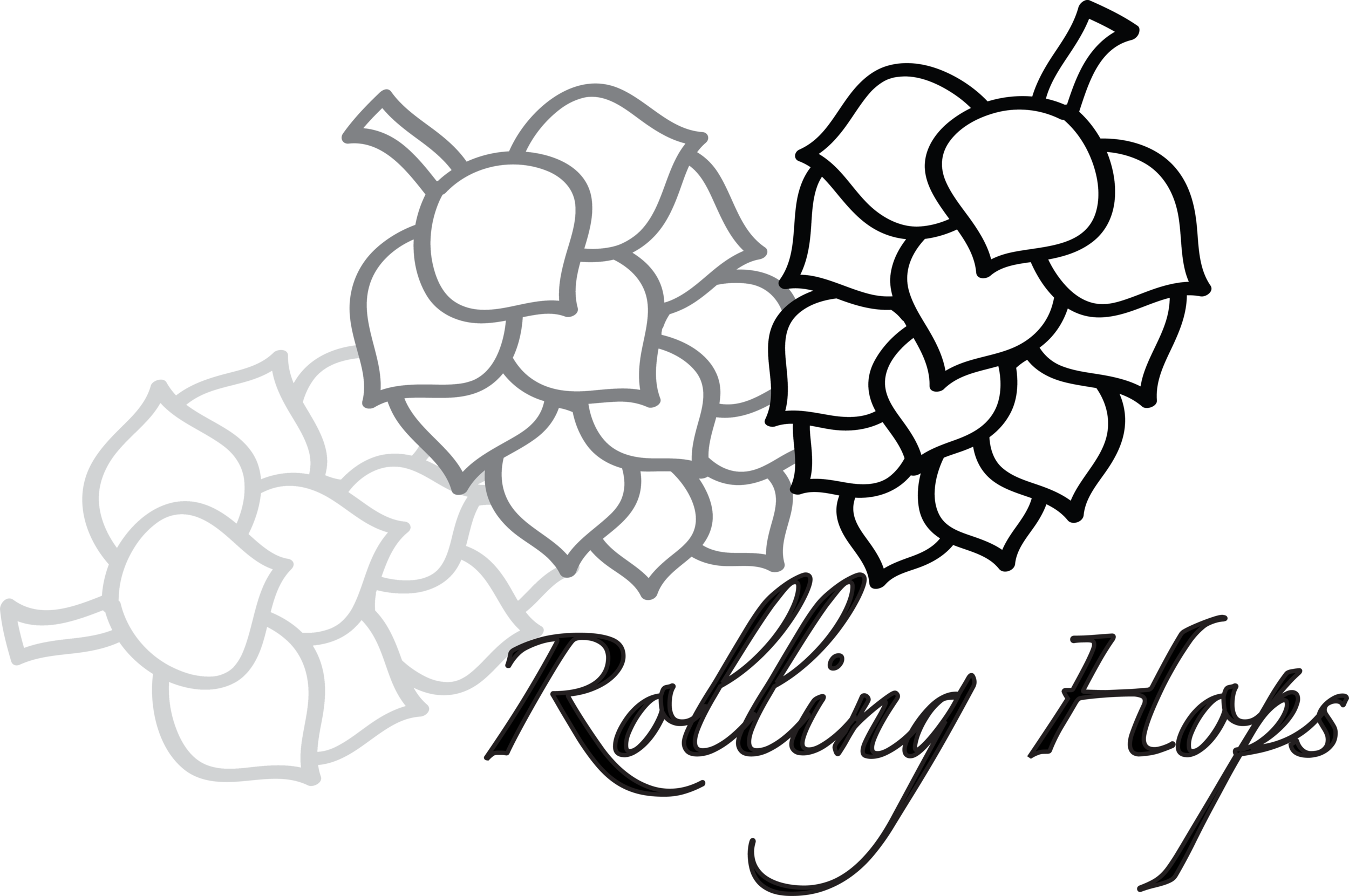Royal Ontario Museum
Since its creation in 1914, the Royal Ontario Museum (ROM) has been a symbol of Toronto’s cultural significance as an urban powerhouse in North America. Initially funded by the city of Toronto and its geographical neighbour, the University of Toronto, the original building housed 5 separate museums: Archaeology, Paleontology, Mineralogy, Zoology, and Geology. Throughout the 20th century, the museum would go through several expansions, most notably a $55 million renovation in 1984 that focused on enhancing its research capacity; Queen Elizabeth herself was present during the facility’s grand opening.
Geographically speaking, the museum can be found in one of the most centrally located intersections in the city. The expansion to Toronto's subway network in 1963 allowed for the creation of “Museum Station.” A renovation to its interior in 2008 has made Museum Station the most decorative in the whole city, with load bearing pillars turned into impressive replicas of exhibitions in the museum.
When the building was first built in 1914, it’s surrounding area was far more residential, in the sense of local houses scattered around Yorkville and the Annex (two neighbourhoods in its proximity). Now, with the increasing demand for housing, the developing condo towers continue to cast a great shadow on the three story Neo-Romanesque facade.
2007 brought a new wave to the museum’s image. The ROM unveiled its architectural addition that pushed the museum far into the future of the 21st century. The addition, entitled the Michael Lee-Chin Crystal, serves as an elaborate glass and aluminum entrance to the museum. Along with several other attempts in Toronto to juxtapose historic architecture with modern forms of innovation, the Crystal entrance has branded itself as a must have photo for all visitors to Toronto.
With its world renowned permanent galleries alongside its captivating temporary exhibitions, the ROM continues to captivate locals and visitors and touch the hearts of old and young.

